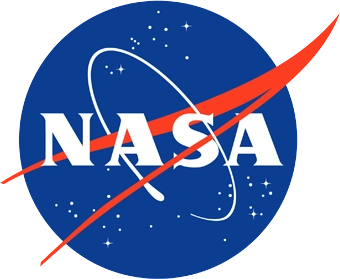Following graduate work in low-temperature solid-state physics at Louisiana State University, I joined the LSU Particle Astrophysics Group in 1985, working on accelerator, balloon, and satellite projects. I carried out a series of measurements of nuclear reaction cross-sections at typical cosmic-ray energies at the LBNL Bevatron accelerator and developed a dedicated Monte-Carlo program to model fragmentation in nuclear collisions. I designed and built the time-of-flight system for the SMILI balloon-borne cosmic-ray instrument and analyzed trapped particle data from the Phoenix-I satellite.
I moved to the GSFC High Energy Cosmic Ray Group in 1990, working on a wide variety of balloon instruments as well as on the development of satellite instruments and instrument concepts. I was the Instrument Scientist/Manager for IMAX and ISOMAX and was responsible for overall instrument design. I designed and built high-performance time-of-flight, Cherenkov detector, and trigger systems for several cosmic ray instruments (MASS2, TS93, CAPRICE, IMAX, ISOMAX, BESS-Polar). Presently I am the US Spokesperson and NASA PI for the BESS-Polar program and the NASA PI for the new PoGO instrument. I am the US Lead for the PAMELA satellite instrument and have played major roles in instrument concept development for the ACCESS and OWL missions. I lead the ACCESS test program at the CERN Super Proton Synchrotron accelerator.
Dr. Mitchell has 40 years of experience in advanced high-energy particle instrumentation and measurements. He is the US Spokesperson for the long-running US/Japan BESS/BESS-Polar program and GSFC PI for the SuperTIGER program. He is also GSFC PI and Deputy NASA PI for the CALET (US) program and GSFC PI for ISS-CREAM. He was Instrument Manager/Instrument Scientist for the IMAX and ISOMAX programs. He has been Chief Technologist for the GSFC Astrophysics Science Division. He led the HEPCaT instrument in the OASIS Astrophysics Strategic Mission Concept study. He was the Instrument Scientist for the ACCESS and OWL studies. He is Coordinator for the NASA Detector Test Program at the CERN SPS. Dr. Mitchell is an internationally recognized expert in experimental high-energy astrophysics, nuclear and particle physics, and the development of advanced particle and gamma-ray instruments. He has very broad expertise in detectors, electronics, and experiment design and has built high-performance systems for cosmic ray instruments (SMILI, MASS2, TS93, CAPRICE 94/98, IMAX, ISOMAX, BESS-Polar I/II, SuperTIGER) and high-energy nuclear and particle physics experiments (BNL E866, E878, E896, STAR; LBNL E683H, E849H, E859H, E938H). He is also an expert on accelerator beams and developed the technique used at the CERN SPS to derive high-purity intermediate energy proton beams from lambda and kaon decay products.
